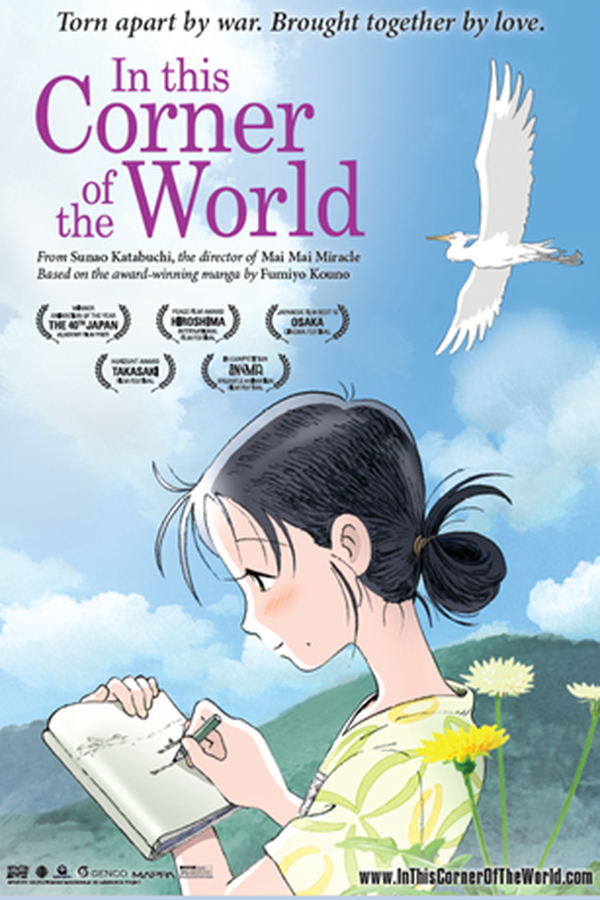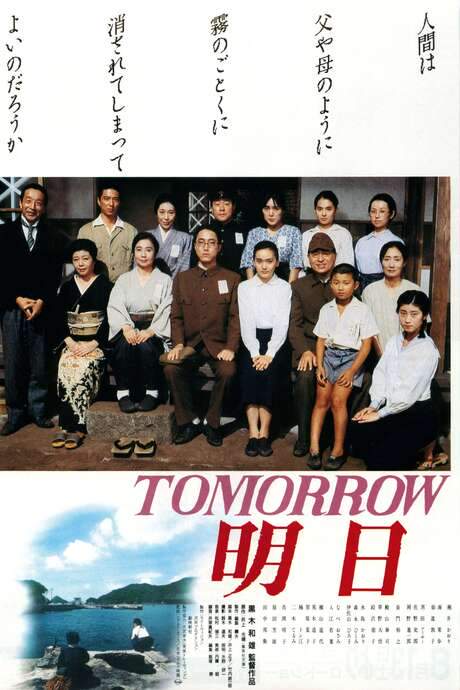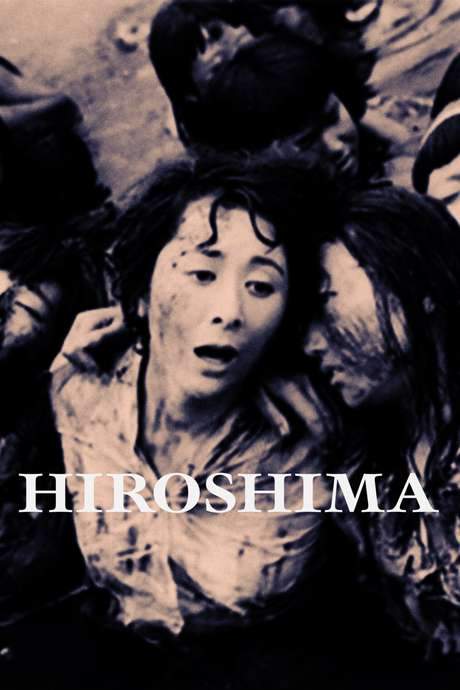
Rhapsody in August
Year: 1991
Runtime: 98 mins
Language: Japanese
Director: Akira Kurosawa
An elderly hibakusha, whose husband perished among the 80,000 victims of the 1945 Nagasaki atomic bombing, spends a summer caring for her four grandchildren. Amid tears, laughter, and quiet innocence, she discovers a long‑lost brother, Suzujiro, living in Hawaii, who asks her to visit before he dies.
Warning: spoilers below!
Haven’t seen Rhapsody in August yet? This summary contains major spoilers. Bookmark the page, watch the movie, and come back for the full breakdown. If you're ready, scroll on and relive the story!
Rhapsody in August (1991) – Full Plot Summary & Ending Explained
Read the complete plot breakdown of Rhapsody in August (1991), including all key story events, major twists, and the ending explained in detail. Discover what really happened—and what it all means.
Rhapsody in August unfolds across Kyūshū and Nagasaki, threading the lives of three generations of a Japanese family as they reckon with the long shadow of the atomic bombing. At the center stands Kane, an elderly woman whose memory is growing unreliable and whose heart still carries the ache of a husband killed in Nagasaki. Her two married children live within postwar Japan, and her brother resides in Hawaii, where his son, Clark, was raised in America. Surrounding Kane are her four grandchildren, visiting the family country home and watching how the past unsettles the present.
This summer, the grandchildren have been asked to persuade Kane to visit her brother in Hawaii. They seize a day to venture into Nagasaki itself, stepping beyond the safety of home to witness the city where their grandfather died in 1945. For the first time, the younger generation begins to feel the emotional undercurrents of that catastrophe, and their perspectives shift as they gain a sharper awareness of the consequences of the atomic bombing. As they bond with their grandmother, a sense of reverence grows, and their questions about morality—especially the United States’ choice to unleash atomic weapons—begin to take shape in their conversations and reflections.
Meanwhile, a telegram arrives from Kane’s American relatives offering a tempting opportunity: their parents would manage new pineapple fields in Hawaii. The message complicates family dynamics, as Kane’s decision to write back about her husband’s death in Nagasaki unsettles her children, who fear how their Americanized relatives might interpret such news. Into this tension steps Clark, who travels from Hawaii to Japan to attend the memorial service for Kane’s deceased husband, seeking reconciliation with his aunt amid the quiet rituals of remembrance.
Clark is deeply moved by the Nagasaki community’s response to loss, especially during the Buddhist memorial ceremony that gathers locals to honor those who perished. Yet the news soon arrives that his own father has died in Hawaii, forcing him to return for another funeral and to confront the fragility of family across oceans and cultures. Back home, Kane’s health and memory begin to falter more visibly. She clings to tangible fragments of the past—stretching out her husband’s old clothing and arranging them as if he might reappear. When a storm brews, she mistakes it for another air raid warning and tries to protect her visiting grandchildren by offering folk remedies, which confound her children and the younger generation. As the storm intensifies, her confusion deepens, and she misreads the tempest as the aftermath of Nagasaki’s blast. In a final, determined surge of memory and love, she takes up a small umbrella and ventures into the storm, walking toward Nagasaki in a desperate bid to shield her husband, still living in her memory, from a danger she cannot forget.
Last Updated: October 09, 2025 at 14:53
Unlock the Full Story of Rhapsody in August
Don't stop at just watching — explore Rhapsody in August in full detail. From the complete plot summary and scene-by-scene timeline to character breakdowns, thematic analysis, and a deep dive into the ending — every page helps you truly understand what Rhapsody in August is all about. Plus, discover what's next after the movie.
Rhapsody in August Timeline
Track the full timeline of Rhapsody in August with every major event arranged chronologically. Perfect for decoding non-linear storytelling, flashbacks, or parallel narratives with a clear scene-by-scene breakdown.

Similar Movies to Rhapsody in August
Discover movies like Rhapsody in August that share similar genres, themes, and storytelling elements. Whether you’re drawn to the atmosphere, character arcs, or plot structure, these curated recommendations will help you explore more films you’ll love.
Explore More About Movie Rhapsody in August
Rhapsody in August (1991) Scene-by-Scene Movie Timeline
Rhapsody in August (1991) Movie Characters, Themes & Settings
Rhapsody in August (1991) Spoiler-Free Summary & Key Flow
Movies Like Rhapsody in August – Similar Titles You’ll Enjoy
Tokyo Sonata (2009) Complete Plot Breakdown
In This Corner of the World (2017) Full Movie Breakdown
Grave of the Fireflies (2005) Plot Summary & Ending Explained
War and Youth (1991) Detailed Story Recap
Children of Nagasaki (1983) Film Overview & Timeline
The Ballad of Narayama (1983) Complete Plot Breakdown
Tomorrow (1988) Ending Explained & Film Insights
Late Autumn (1960) Spoiler-Packed Plot Recap
Tokyo Story (1953) Film Overview & Timeline
Hiroshima (1000) Film Overview & Timeline
No Regrets for Our Youth (1946) Full Summary & Key Details
A Japanese Tragedy (1953) Ending Explained & Film Insights
Hiroshima Mon Amour (1959) Movie Recap & Themes
Children of Hiroshima (1952) Ending Explained & Film Insights
Hiroshima (1953) Film Overview & Timeline

















